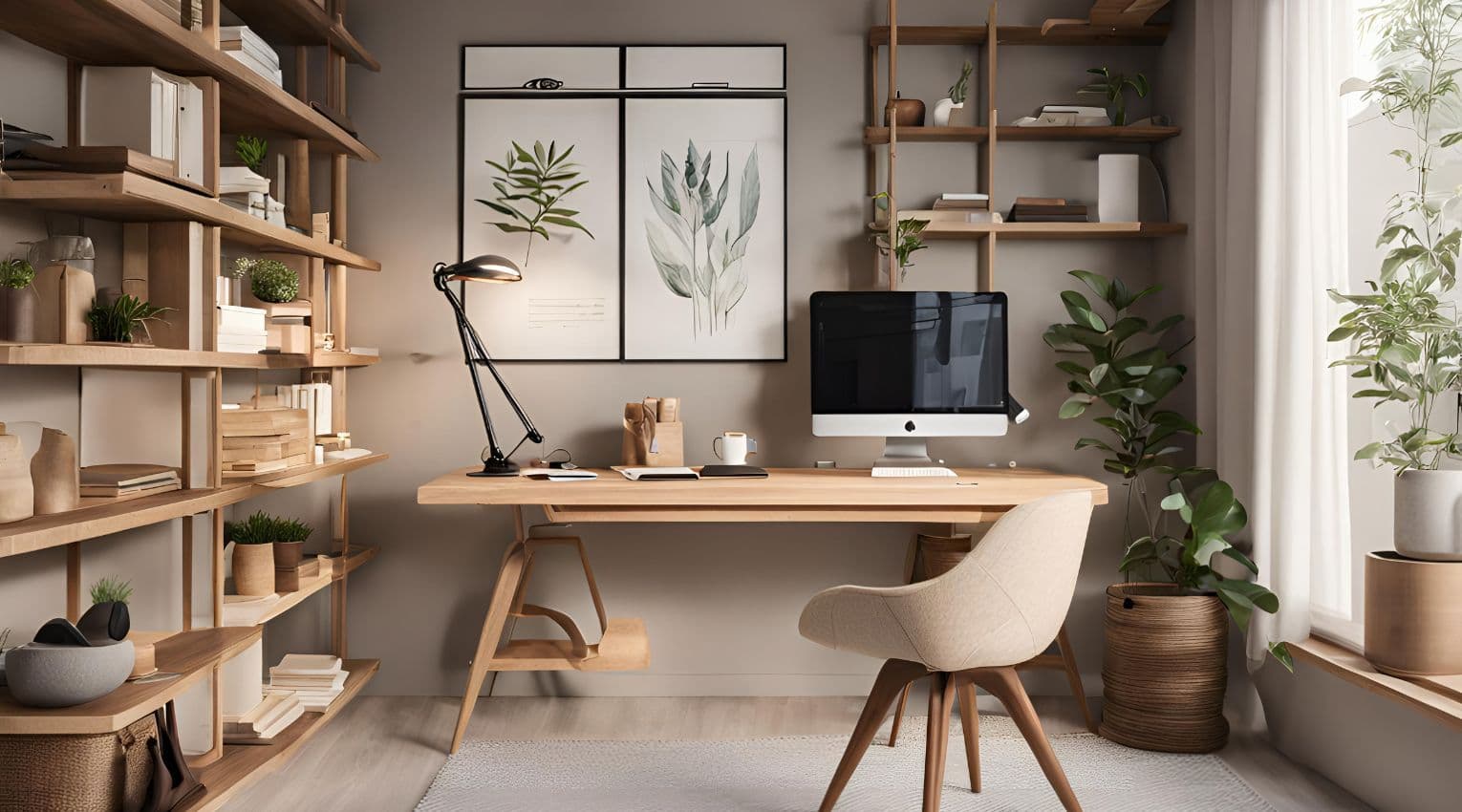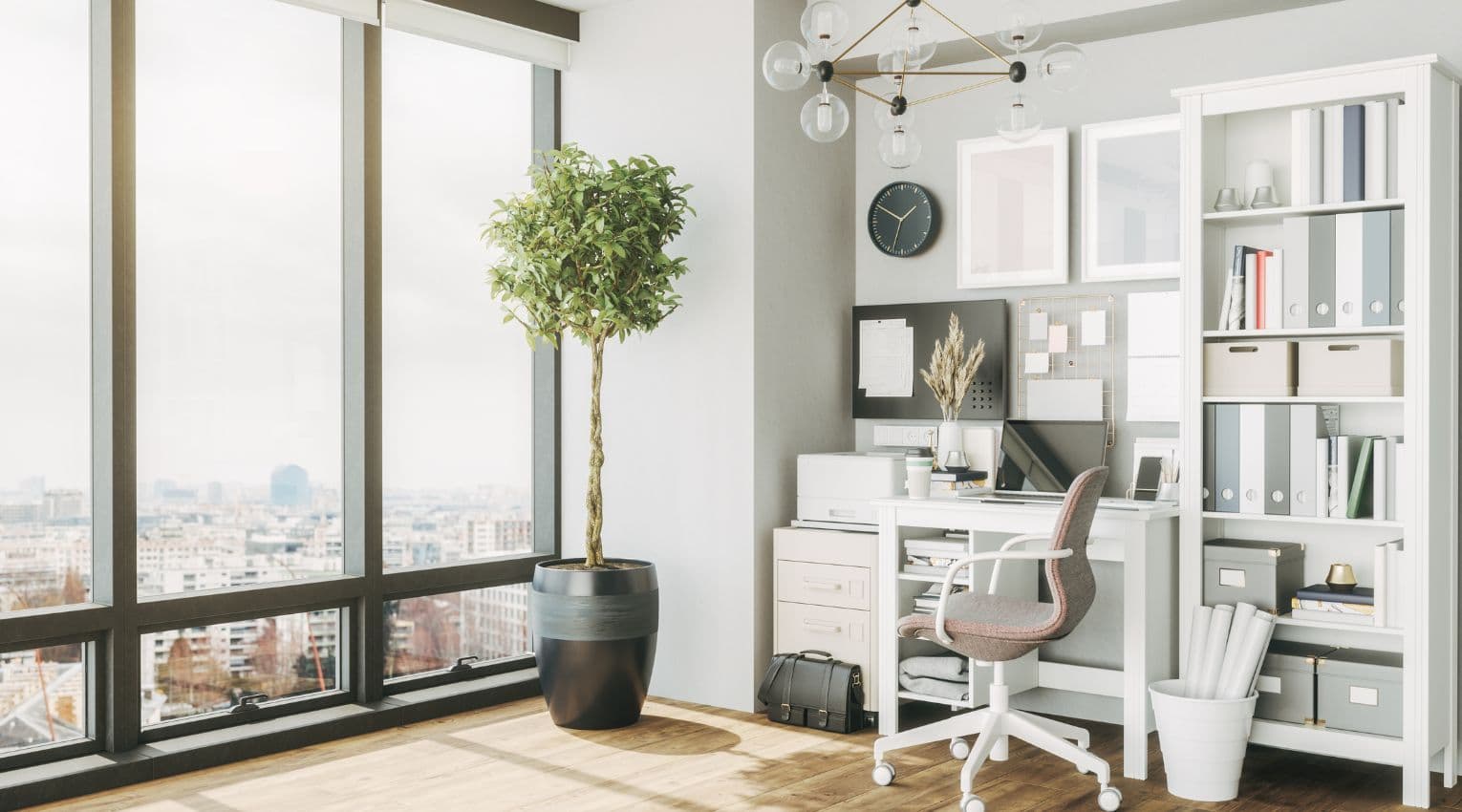How Much Funding Do You Need to Launch Your Business?

There’s no question about it: starting your own business can be an incredibly rewarding experience. However, getting it off of the ground takes time — and more importantly — money. Figures from the U.S. Small Business Administration estimate that microbusinesses cost approximately $3,000 to start, and home-based franchises range from around $2,000 to $5,000 — we’ll explore how these figures vary by industry later. Below, we’ll walk you through the fundamentals of approximating both your business startup costs and cash flow.
Putting an Estimate Together
When considering small business funding, the most important step is to make a list of the costs you anticipate you’ll have at the outset, so you aren’t faced with any surprise fees down the road. Planning ahead will also help you look more attractive to investors, determine your future profits, obtain loans, perform a breakeven analysis, and even benefit from tax deductions.
First, you’ll want to think about the type of business you’re starting, as a brick-and-mortar store will have different needs than an online or service-based company. Online businesses can be less expensive than brick-and-mortars in general, simply because many don’t require a physical storefront and the rent, utilities, and interior design that comes along with it. And while there’s less emphasis on an in-person retailer’s web presence, most still pay for basic internet services, like a domain name to host their website.
How much does it cost to start a business, typically? Here are some general estimates of startup totals in top industries:
- Restaurants and hotels: $125,000
- Real estate and rentals: $75,000
- Finance and insurance: $52,000
- Retail: $32,000
- Health care: $27,000
- Transportation and warehousing: $16,000
- Service-based businesses (personal, professional, scientific, and technical): $14–18,000
- Construction: $14,000
- Administrative and janitorial support: $11,000
While expenses vary significantly between these sectors, there are some small business costs that generally remain consistent across the board. These include:
- Website
- Office space
- Office supplies and furniture
- Labor
- Basic supplies and technology
- Insurance, license, or permit fees
- Advertising and promotions
- Business plan
As you make your list, you’ll want to differentiate between the types of costs as well:
- One-time (e.g. incorporating your company) versus ongoing (utilities)
- Essential (employee salaries) versus optional (outside graphic design or writing services)
- Fixed (rent) versus variable (product or service-dependent)
Use this blank Small Business Funding template to begin calculating the amount of money you’ll need to start your business, and compare your estimates to the actual figures once you’re up and running.
Projecting Cash Flow
It’s not just the costs you need to plan for when starting a business. Forecasting your cash flow is an equally, if not more important, task, since you can be profitable but still lose cash through spending that doesn’t show up on your profit and loss statement. If it’s done well, a cash flow forecast will help you prepare ahead of time for seasonal lulls in business or periods of low revenue.
There are two ways to go about doing this: the direct method, and the indirect method. There are pros and cons to each, but both should bring you to the same amount, so it all depends on which process makes more sense for you.
Direct:
This option can be simpler, but isn’t as common as the indirect method because it can’t be done through standard accounting software.
In basic terms, the formula used to calculate cash flow directly is:
Cash Received – Cash Spent
You determine your cash received by adding up your sources of revenue. These include sales of products and services, sales of assets, new loans and investments in your business, and other income and sales tax.
Cash spent is a bit trickier, as you’ll first want to differentiate between cash spending — that is, the money you spend immediately for equipment or supplies — and accounts payable, which refers to bills that are paid at a later date. Loan payments and purchasing assets are also included in cash spent.
Indirect:
You’ll get to the same results with the indirect method as you will with the direct method of cash flow forecasting, but they’re more easily obtained through your company’s accounting software this way. You begin with your profits (also known as net income) and then input the adjustments that reduce your profits (not cash), so you’re left with a projected amount. These adjustments fall into five basic categories:
- Change in accounts receivable
- Change in accounts payable
- Taxes and depreciation
- Loans and investments
- Assets purchased and sold
Once you’ve factored in these elements, you’ll get a clear picture of your cash flow so you can feel more confident about making spending decisions for your business.
If you’re looking for ways to finance the launch of your small business without taking on debt, a home equity investment might be a great way to do it. By tapping into the equity you’ve built in your home, you can access a portion of its value in cash and use it for anything you’d like, from equipment to office space.
Tap into your equity with no monthly payments. See if you prequalify for a Hometap investment in less than 30 seconds.
You should know
We do our best to make sure that the information in this post is as accurate as possible as of the date it is published, but things change quickly sometimes. Hometap does not endorse or monitor any linked websites. Individual situations differ, so consult your own finance, tax or legal professional to determine what makes sense for you.





